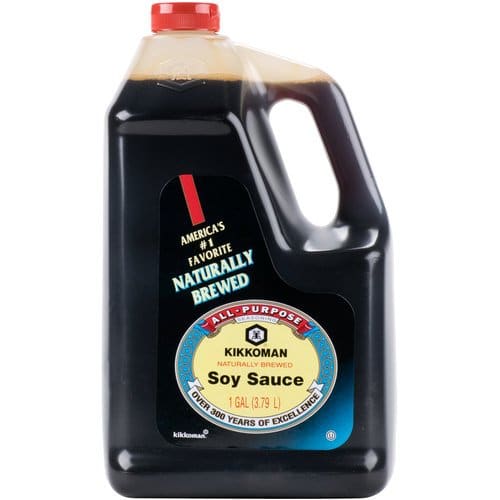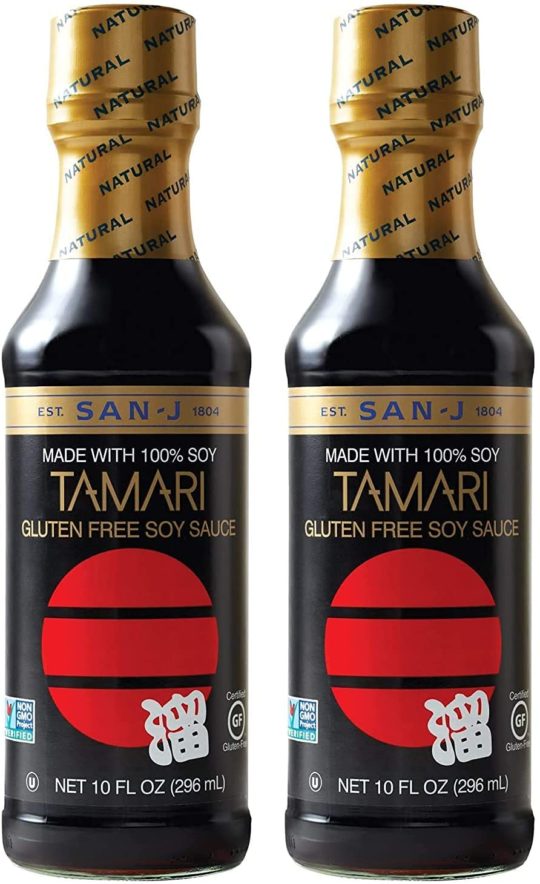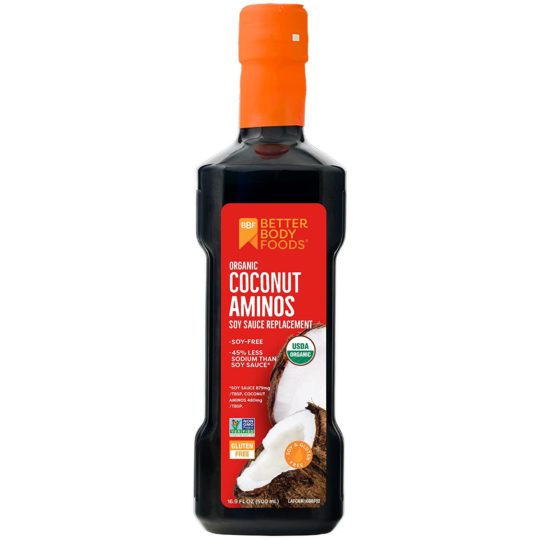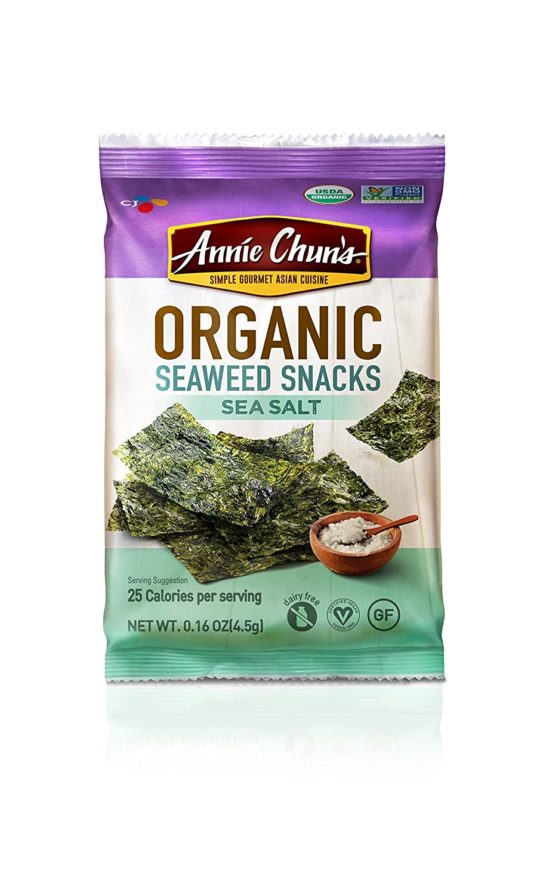Updated on April 9th, 2023
A sauce is a liquid, cream, or moderately solid food placed on top of or used to prepare other foods in the kitchen. These sauces aren’t meant to be eaten on their own; they’re used to add taste, texture, and aesthetic impact to a dish. And one sauce that has a lot of this is fish sauce. Its delicious property is sought after worldwide, and it’s also one of those sauces that go well with various foods.
Fish Sauce Nutrition Facts
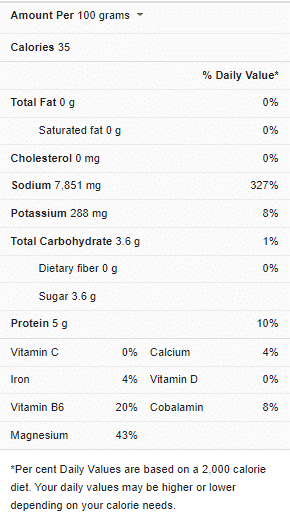
Finding a vegetarian counterpart for the fish sauce can be challenging, but it’s worth noting that it’s not impossible. Soy sauce and tamari are excellent choices to consider because they may be used in a wide range of meals.
What is Fish Sauce?
Sauces are a moist or liquid components placed alongside a dish to give flavor distinction. Asian noodles with black bean sauce and grilled meat with barbecue sauce are classic examples of sauces typically used with a certain cuisine. It improves the texture and flavor of a meal and adds moisture. Sauces also give the food an aesthetic appeal.
Fish sauce is prepared by salting fish and fermenting it for two years. East Asian and Southeast Asian cuisines both use it as an essential condiment. It has been embraced due to its umami flavor, which results from the glutamate component in the fish sauce. The Ancient Greeks produced the first known variant between the 4th and 3rd centuries BC. Fish sauce is used as a flavor and a foundation for dipping sauces before and after cooking, and it comes in the nampla, uoc mam, and patis forms.
Fish Sauce Uses in Recipes
Fish sauce is used in various recipes by chefs and home cooks who enjoy using sauces. The fresh fish sauce has a salty, savory flavor that can be overpowering. Still, it softens and leaves behind a rich umami flavor when cooked. The tastiest fish sauces have a subtle nuttiness, making them ideal for various recipes.
A dish that isn’t accompanied by a sauce appears incomplete. Most sauces provide texture, complementary flavors, juiciness, and visual appeal. And it’s for this reason, and they’re usually a regular addition in many households. And fish sauce thrives at these qualities, resulting in a creamy sauce ingredient that can be used in practically any recipe. These qualities also allow it to blend easily with other ingredients, imparting creaminess and a delicious flavor to the finished product that we make.
Because of its unique flavor characteristics, fish sauce is a popular ingredient in a variety of cuisines and dishes, including the following:
- Thai pineapple shrimp curry
- Banh mi burgers
- Chicken ramen bowl
- Baked pompano
- Chef John’s grilled flap steak
- Cambodia ginger catfish
- Vietnamese lemongrass beef and noodles
- Grilled sea bass with chili-lime dressing
- Thai green curry meatballs
- Ginataangalimasag (grabs in coconut milk)
- Stir-fried tofu with cashews
- Banh xeo (Vietnamese crepes)
- Easy panang curry with chicken
- Garlic-mushroom chicken thigh stir-fry
- Caramel chicken
- Thai-dipped beef tri-tip
Vegetarian Substitutes for Fish Sauce
If you’re a vegetarian, you might not want fish sauce in your food, and conversely, the recipe may call for fish sauce to be prepared in some situations. For these and other reasons, you may find yourself in desperate need of a vegetarian fish sauce substitute.
When looking for a substitute for fish sauce, the flavor is the most important consideration. As a result, you can use any of these suggested alternatives to substitute fish sauce in your dish. Be mindful that some may have a different flavor than it, and others may even offer you a taste you prefer. Look them up:
Soy Sauce
Soy sauce is a Chinese condiment produced from a fermented paste of soybeans, toasted grain, brine, and mold of the Aspergillus oryzae or Aspergillus sojae species. It is thought to have a strong umami flavor, so it can be used as a vegetarian alternative to fish sauce.
Light soy sauce, dark soy sauce, and normal soy sauce are the three types of soy sauce available. Dark soy sauce is used for color and flavor, while light soy sauce is used when you want to season meals with soy sauce without saturating them with strong soy flavor or turning them a dark color. Fish sauce can be used in place of soy sauce at a 1:1 ratio.
Tamari
Tamari (sometimes known as tamari shoyu) is a fermented soybean sauce from Japan. This one has a firm texture than Chinese soy sauce and a more blended flavor, making it an excellent dipping sauce. It’s also gluten-free and vegan. Water, salt, and miso paste containing soybeans are among the ingredients.
To add salt, umami, and extra nutrients to food, use tamari straight from the bottle. Unlike soy sauce, it contains little to no wheat, making it an excellent gluten-free option. Make sure the product is gluten-free by looking at the tag. Note that tamari is salty. In a 1-to-1 ratio, replace fish sauce with tamari, or add tamari gradually while cooking.
Vegan Fish Sauce
Vegan fish sauce is a versatile condiment with various Asian meals. It imparts a delectable flavor and makes a significant difference when making new recipes. It adds an incredible depth of flavor to foods like ramen, noodles, and even other sauces.
Shiitake mushrooms, liquid aminos, and soy sauce are commonly used. This flavorful and salty vegan replacement for fish sauce is ideal for Asian dishes, and a one-to-one replacement ratio is advised.
Coconut Aminos
This fish sauce substitute is gluten-free, vegan, and soy-free. Coconut aminos, made from fermented coconut sap, are simple to include in various cuisines. They have a darker shade and are marginally tastier than soy and fish sauce, and they have a robust umami flavor. It also has lower sodium levels than fish sauce, making it an excellent substitute. A 1-to-1 substitution for the fish sauce will be enough in most recipes.
Seaweed
Seaweed is nutrient-dense and abundant in glutamate – an amino acid with a distinct umami flavor. As a result, many Japanese and Korean dishes include them in soups and stews.
Seaweed, whether fresh or dried, is a suitable option for fish sauce. Salads, soups, and sauces benefit from fresh seaweed, while dried seaweed can be used in various recipes.
Frequently Asked Questions (FAQs)
Is it possible to omit fish sauce from a recipe?
Yes, a recipe can be made without fish sauce if you don’t want to use it. Although it enhances the flavor of Southeast Asian cuisines, it is not a key component in many of them.
Can vegetarians have fish sauce?
It is not suitable for vegetarians because it is derived from an animal’s body.
What is the difference between soy sauce and fish sauce?
Fish sauce is prepared from fermented fish, while soy sauce is made from fermented soybeans and wheat. Both are two different shades of brown in appearance.
Conclusion
While fish sauce is a notably wonderful sauce in many homes around Southeast Asia and the world, it is not ideal for vegetarians. As a result, if you’re a vegetarian who wants to try out some fish sauce recipes, our suggested substitutions will come in handy. You should try to see whether they are a good match for your preferences. They’re ideal for various meals because of their texture and flavor.
